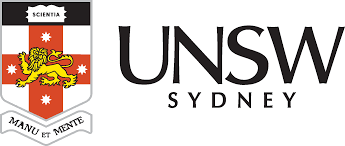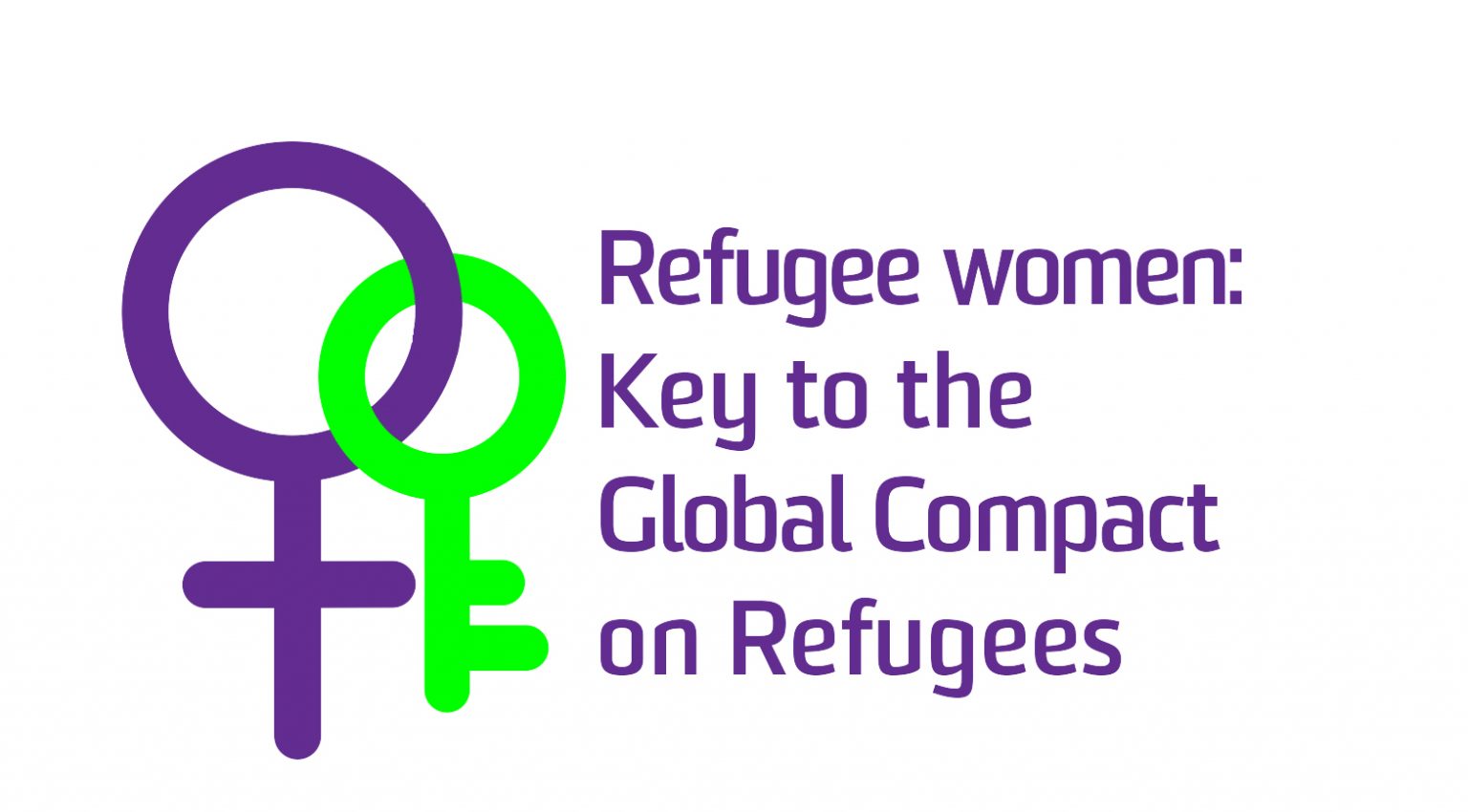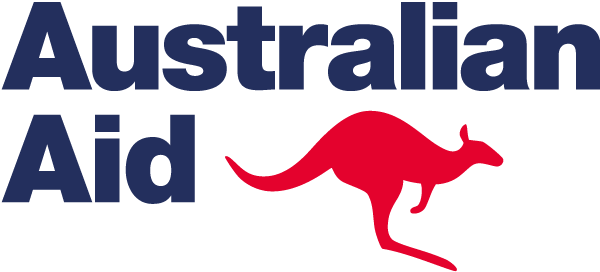Jump to section:

A. Training Notes
In this module we examine the many structural barriers which impact on unregistered, and many registered WRLOs and explore ways to address these.
Aims
The Aims of this module are to enable stakeholders to make a realistic assessment of the structural challenges faced by WRLOs in specific contexts, and to plan realistic ways to accommodate or overcome these.
While all modules in the kit are interlinked, Module 1 goes well with Module 2. Addressing Gender Equality and Module 3. Gender-related social barriers which impact on unregistered and registered WRLOs.
Suggested Timing for the Module
The material can be introduced in a presentation of one hour, with an additional hour for participants to practise using each of the tools. However, to do it thoroughly, as a basis for strategic planning, participants will need to do research in their own time, to ensure that they have full and accurate information as a basis for their program design.
Refugee Led Organisation – A useful definition
Work “in which persons with direct lived experience of forced displacement play a primary leadership role and whose stated objectives and activities are focused on responding to the needs of refugees and/or related communities”. UNHCR: https://www.refworld.org/docid/63e658fc4.html.
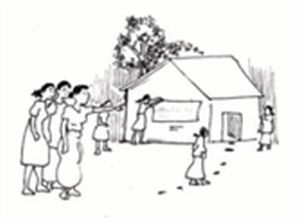
In this resource kit, programs run by refugee women are referred to as women refugee led organisations (WRLOs) and acknowledge the excellent work done by women, but also the additional gender-based barriers they can face in achieving this, and ways to address these (Project Report 2022).
B. PowerPoint Slides
This Power Point presentation will take the group through the rationale for the session, and introduce the Tools and exercises. Do as many of the exercises as can be accommodated in the time available, preferably using real life examples. Please familiarise yourself with the background readings before presenting the slides.
C. Tools and exercises
We suggest that groups wishing to explore the barriers identified in this resource kit complete the Tools and exercises with key stakeholders, and if possible with representatives from the refugee communities as well as community leaders. Once the exercises are completed the data can be compared, and analysed to inform strategic planning, program design, implementation and evaluation when working with registered and unregistered refugee led organisations. It will highlight the different challenges faced by women’s refugee led organisations. These will vary from site to site, dependent on the local socio-political environment.
A tool to identify locally appropriate definitions and potential solutions to structural barriers
The Tool is situational analysis exercise, designed to assist key stakeholders, including refugee groups, NGOs, INGOs UN Personnel and Donors to clearly identify local barriers faced by RLOs and WRLOs, and potential solutions. It will help identify which model of refugee participation is realistic and viable in any given place, provide evidence for strategic planning and advocacy, and guide program design, implementation, and evaluation.
A tool exploring the benefits and risks in registering a RLO
NB Participants may not have all the information to complete this tool and will have do some research. This could include consulting with local experts and seeking legal advice. It would be better to discuss the information needed to do this exercise with participants, and set it as a homework task.
Exercise to be undertaken with refugee groups, and other key stakeholders to gain their insights
To ensure that local knowledge and experience is used as a basis for completing the checklist, it is suggested that these tools (above) be completed with various groups of stakeholders, and their answers combined and analysed for compatibility and to identify differences which need to be addressed.
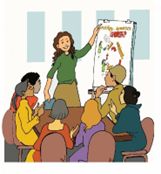
A less formal exercise – Storyboarding
A less formal way of analysing the situation and also suitable for situations where some of the participants might be pre-literate, is the Storyboarding Exercise.
The specific questions proposed for this exercise can be downloaded here:
D. Background reading on the structural challenges identified in implementing refugee led work
Please read these notes before running this training module. They provide information which informs the PowerPoint slides, and might help you answer questions from Participants.
They can also be given as Handouts.
